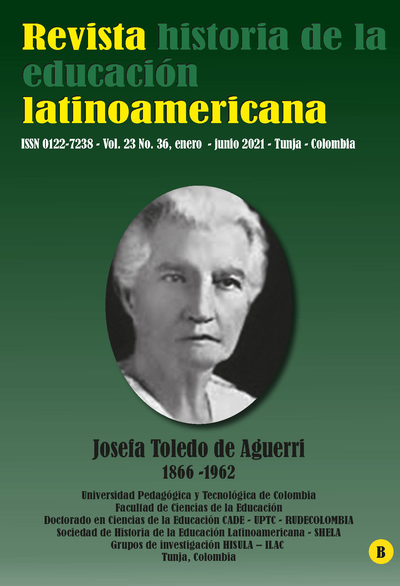Education and new technologies. Current reflections about its social and conceptual contexts

Abstract
The issue 36 of RHELA addresses the relationship between education and new technologies from three dimensions: first, it describes the aspects of conceptual and programmatic frames from the Organization for Economic Co-operation and Development (OECD) and the Sustainable Development Goals (SDG) adopted by the United Nations. This would propose new modalities in the creation of transnational knowledge spaces, featured by the leadership of socially relevant academic research communities oriented towards scientific practices. Second, the relationship between education and new technologies is being oriented mainly by social, cultural and pedagogical matters. Their focus being learning practices, given that technologies are a conceptual, pragmatic, and institutional subject. Third, the frame concepts of policies and the use of devices present two ways of reflecting upon this constitutive relationship of pedagogy, education, and discourses about learning. The term “new” technologies emphasize the importance of rethinking this teacher education dimension. New experiences fostered by information and communication technologies lead us to appreciate the changes in students' study practices and experiences, as well as in their interests and new forms of expression.
Academic and research communities from Colombia, Argentina, Cuba, Chile, Nicaragua, Guatemala, Perú, Spain, Republic of China (Taiwan), Indonesia and Vietnamtook part in the preparation and presentation of this issue of RHELA.
Keywords
Education;new technologies
Author Biography
Jose Molina
Investigador Postdoctoral UPTC - Doctorado en Ciencias de la Educación
Chun- Yen Chang
Science education scholar in Taiwan. Currently, he serves as Chair Professor in the National Taiwan Normal University (NTNU), Director of the Science Education Center (NTNU), Professor of the Graduate Institute of Science Education and the Department of Earth Sciences (NTNU). Over the past few years, he has been a Visiting Professor at the Taipei Medical University, The Education University of Hong Kong, and the Paris 8 University. He is Editor-in-chief of the Eurasia Journal of Mathematics, Science and Technology Education; Co-editor of the International Journal of Educational Methodology and Editorial Board Member of the Studies in Science Education, Learning, Media & Technology, & Journal of Science Education and Technology. changcy@ntnu.edu.tw
